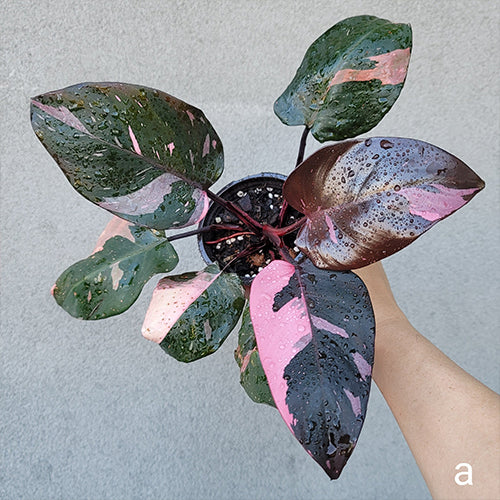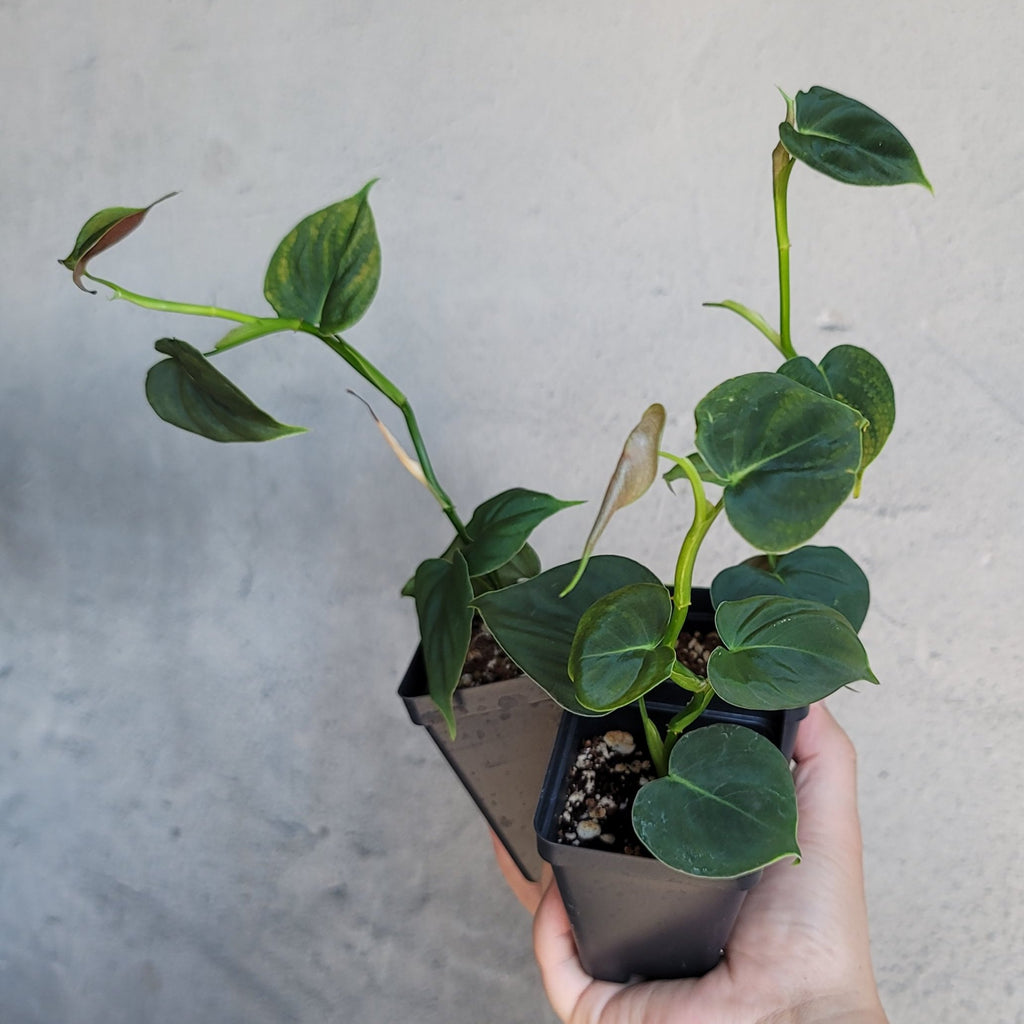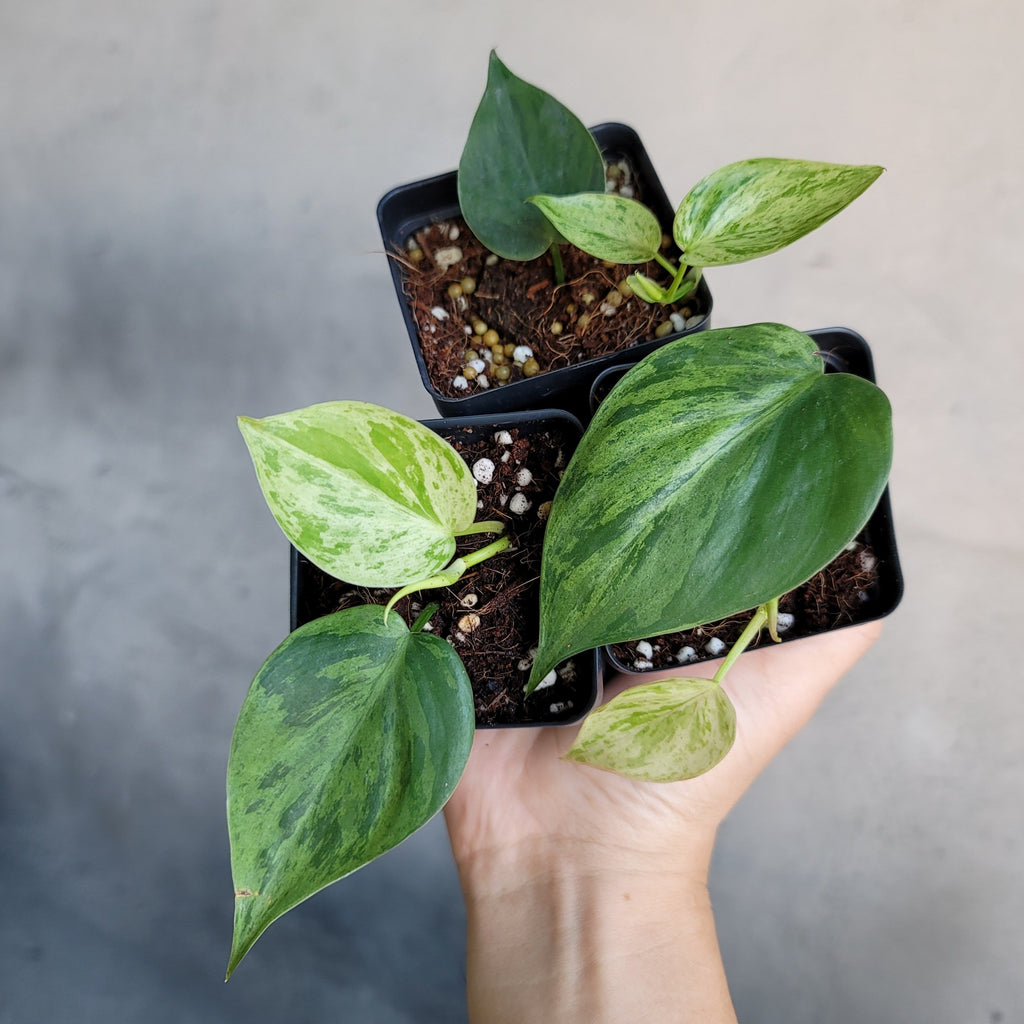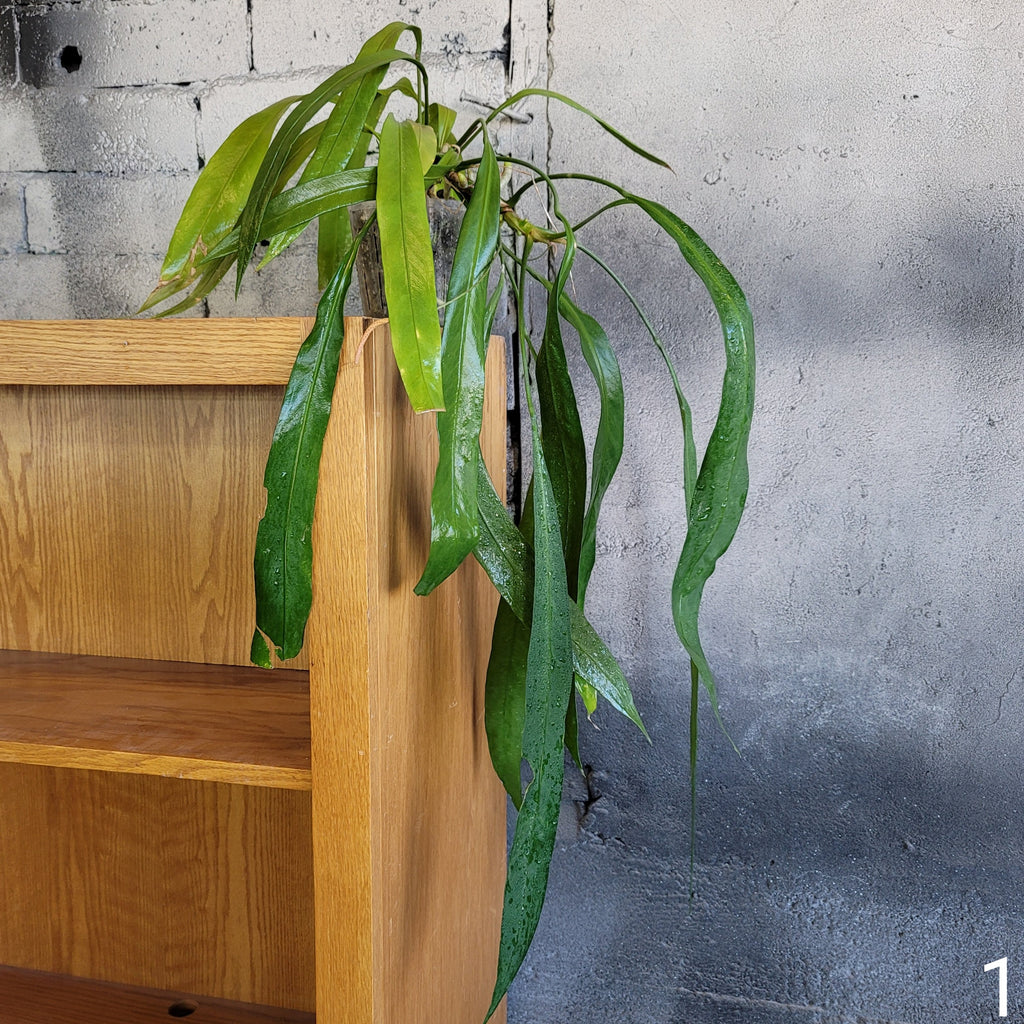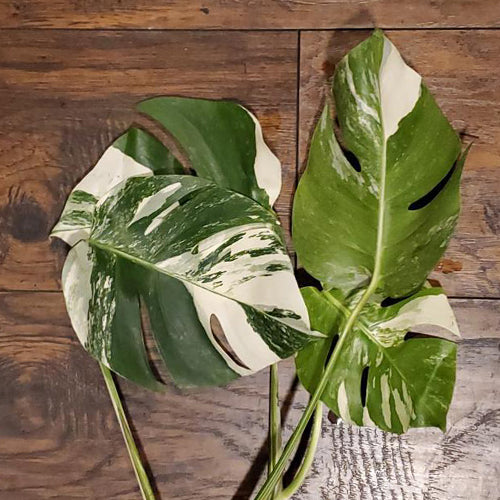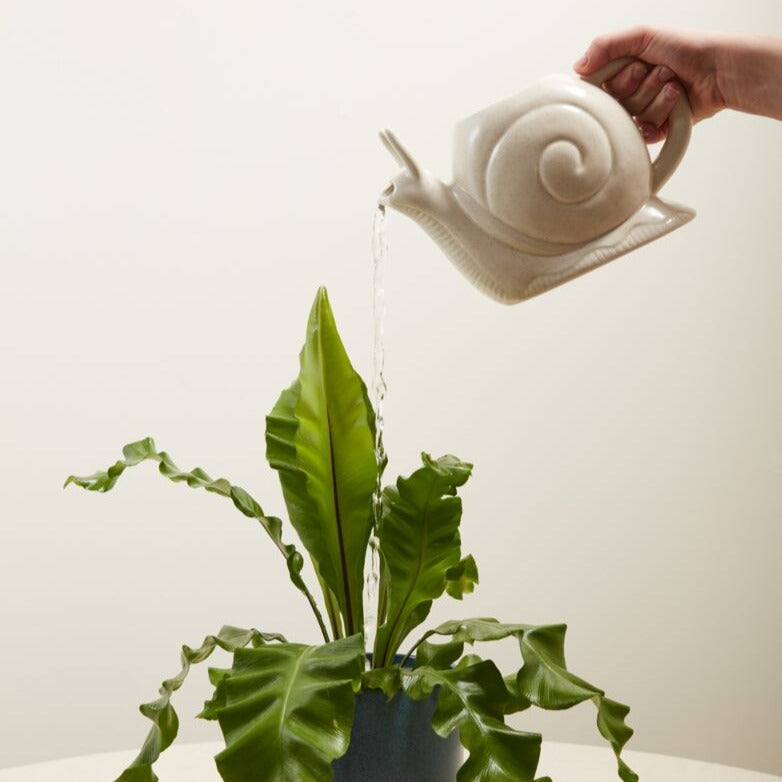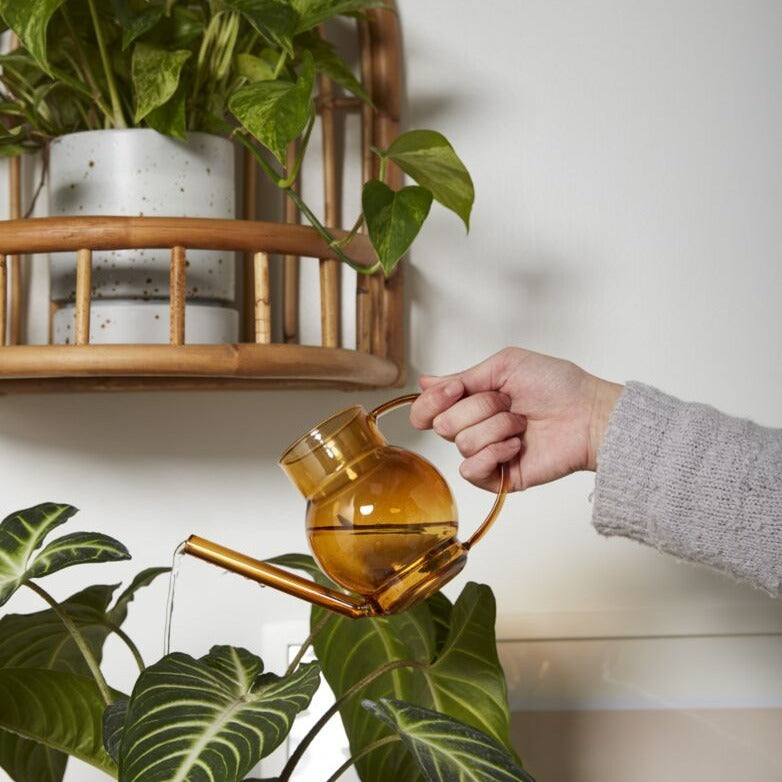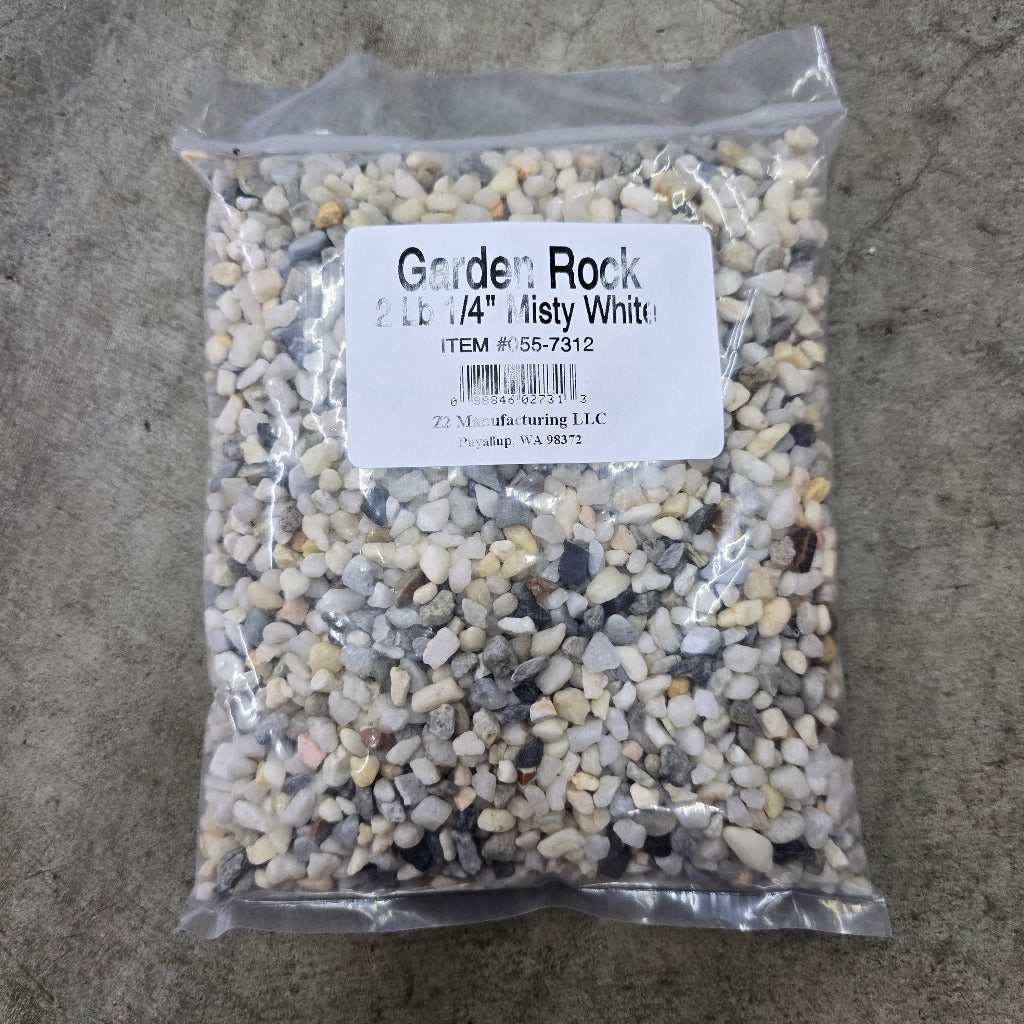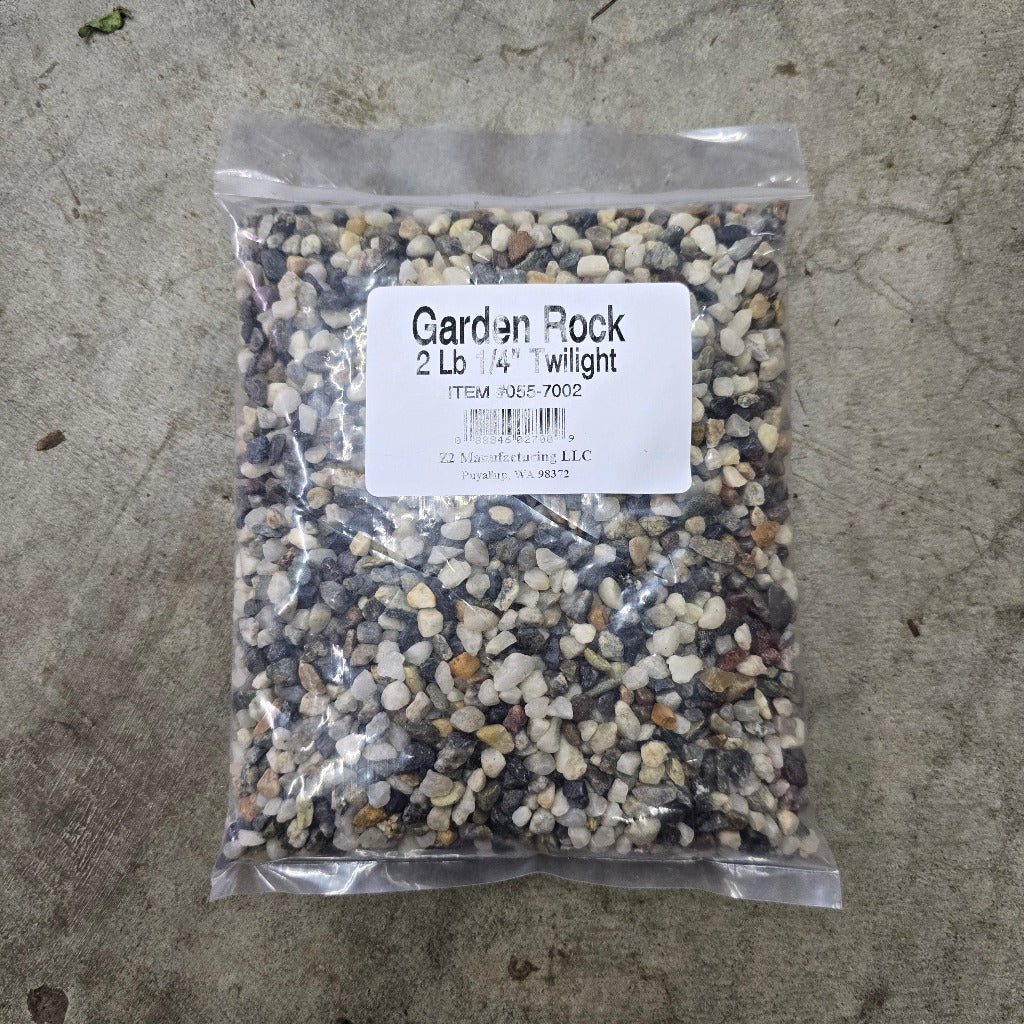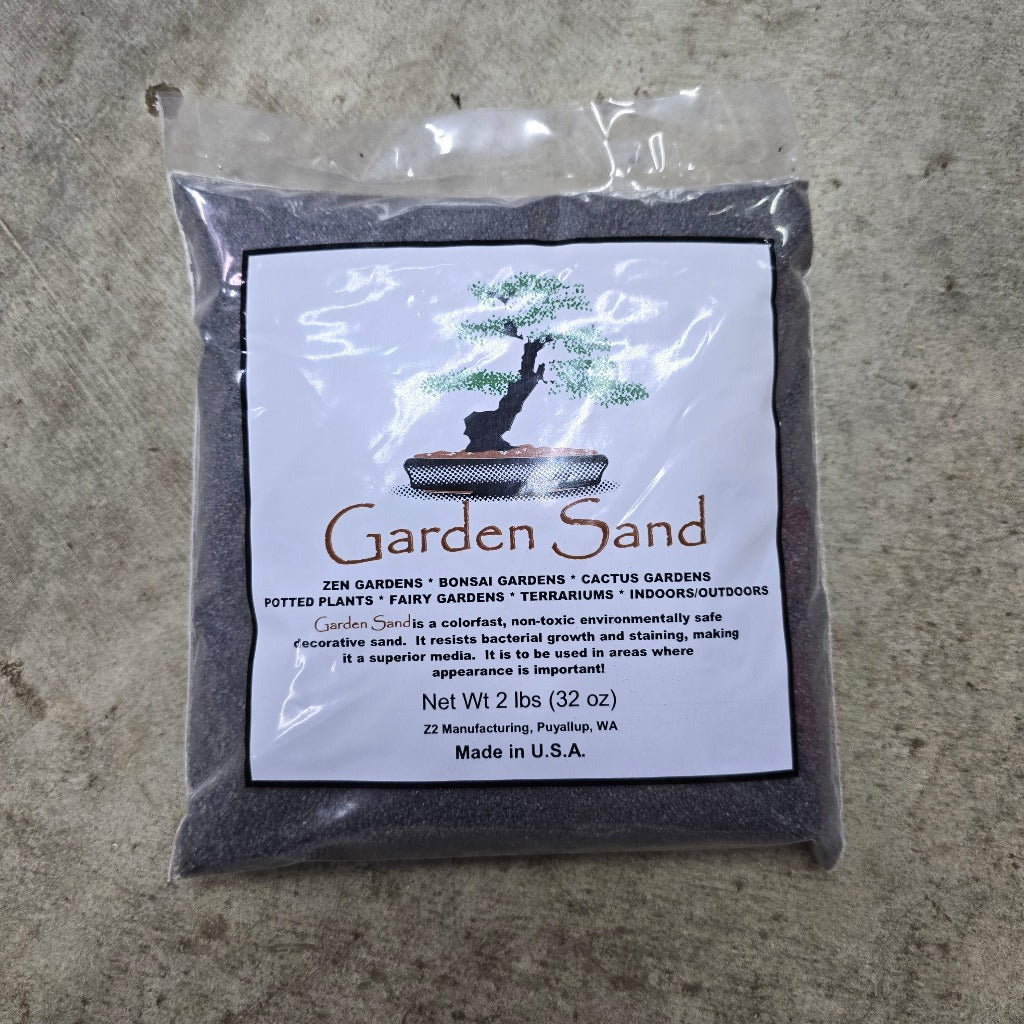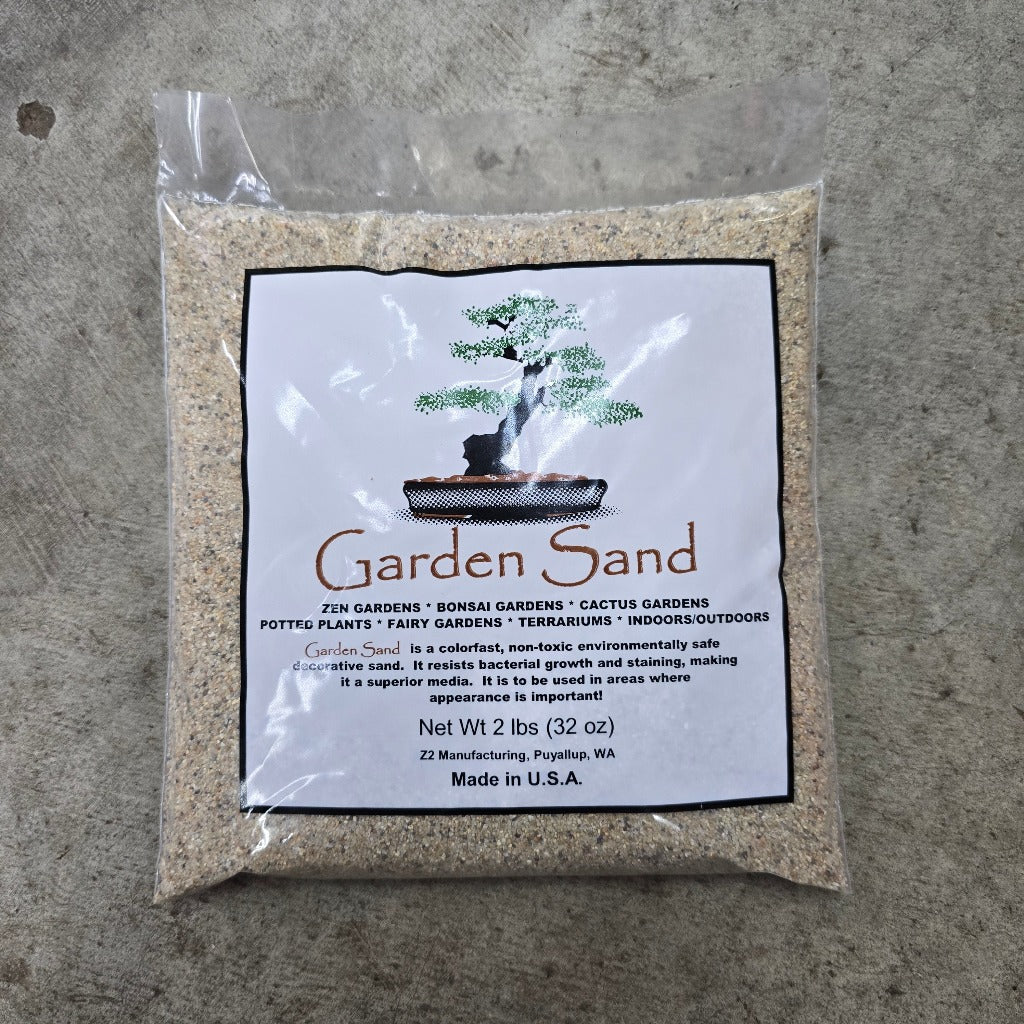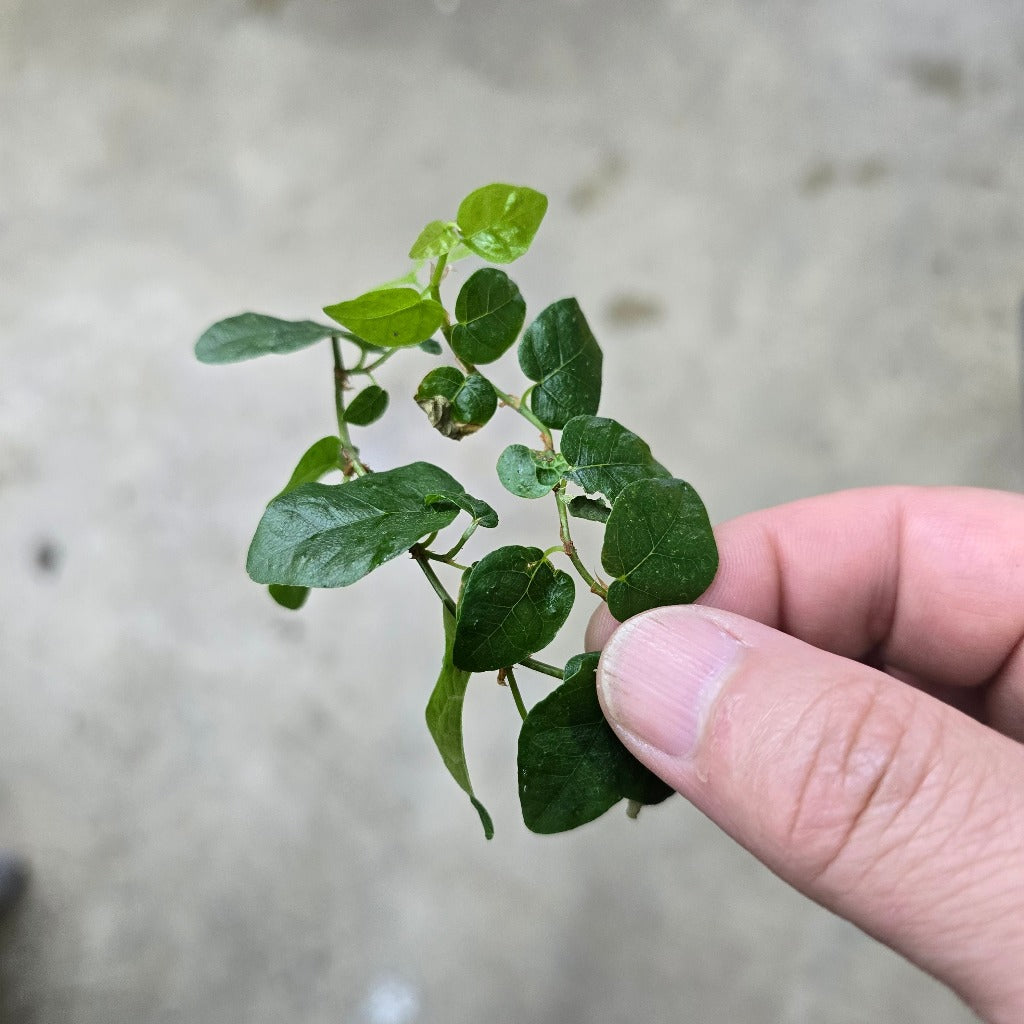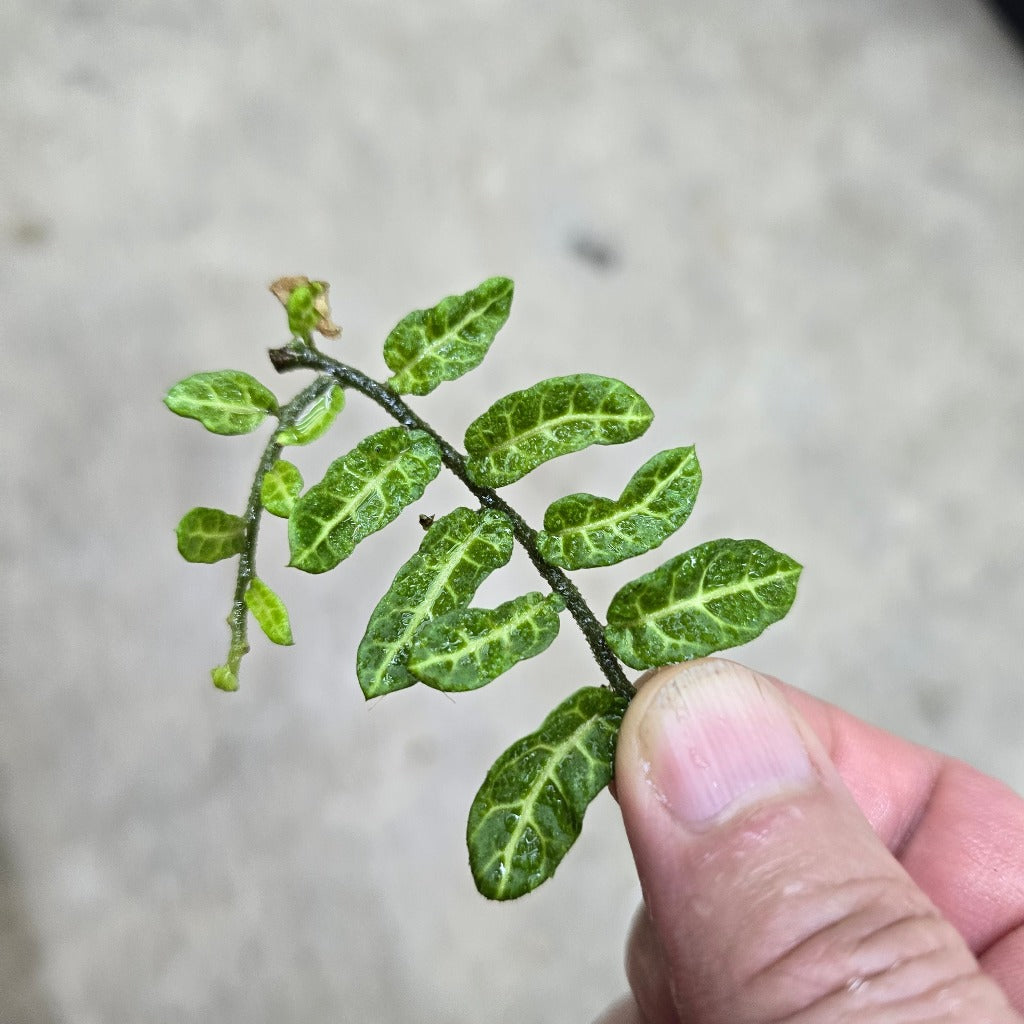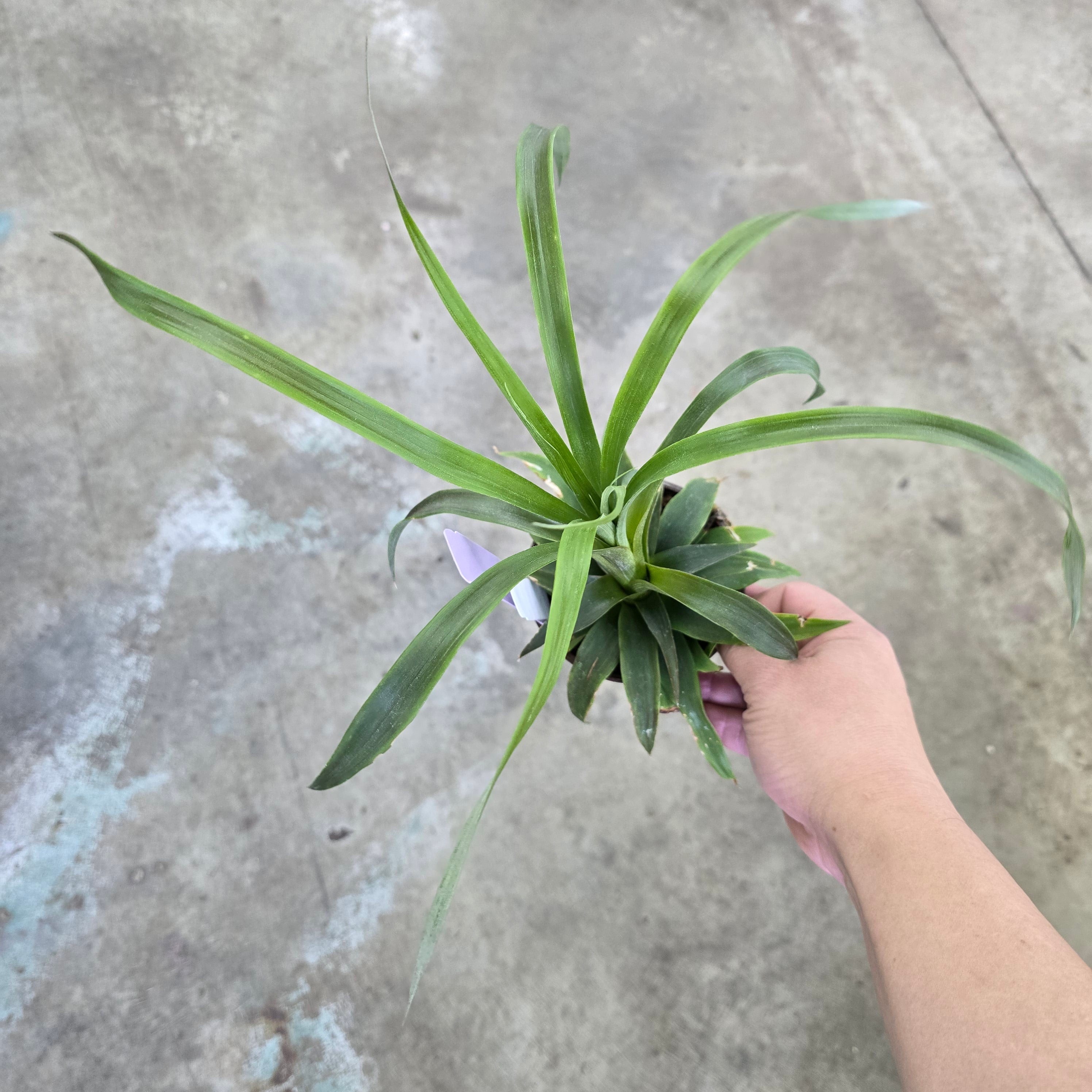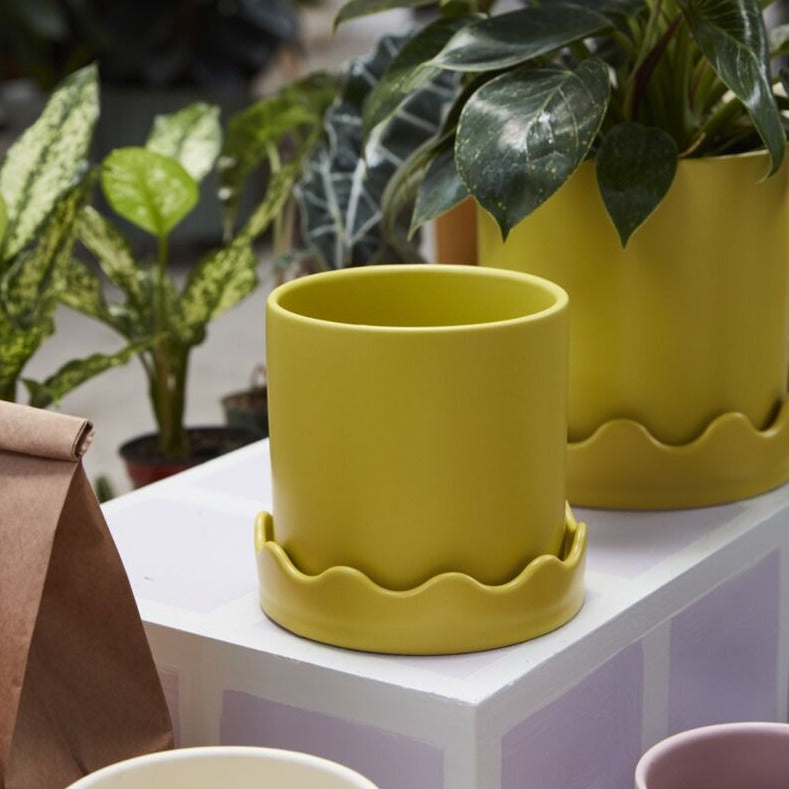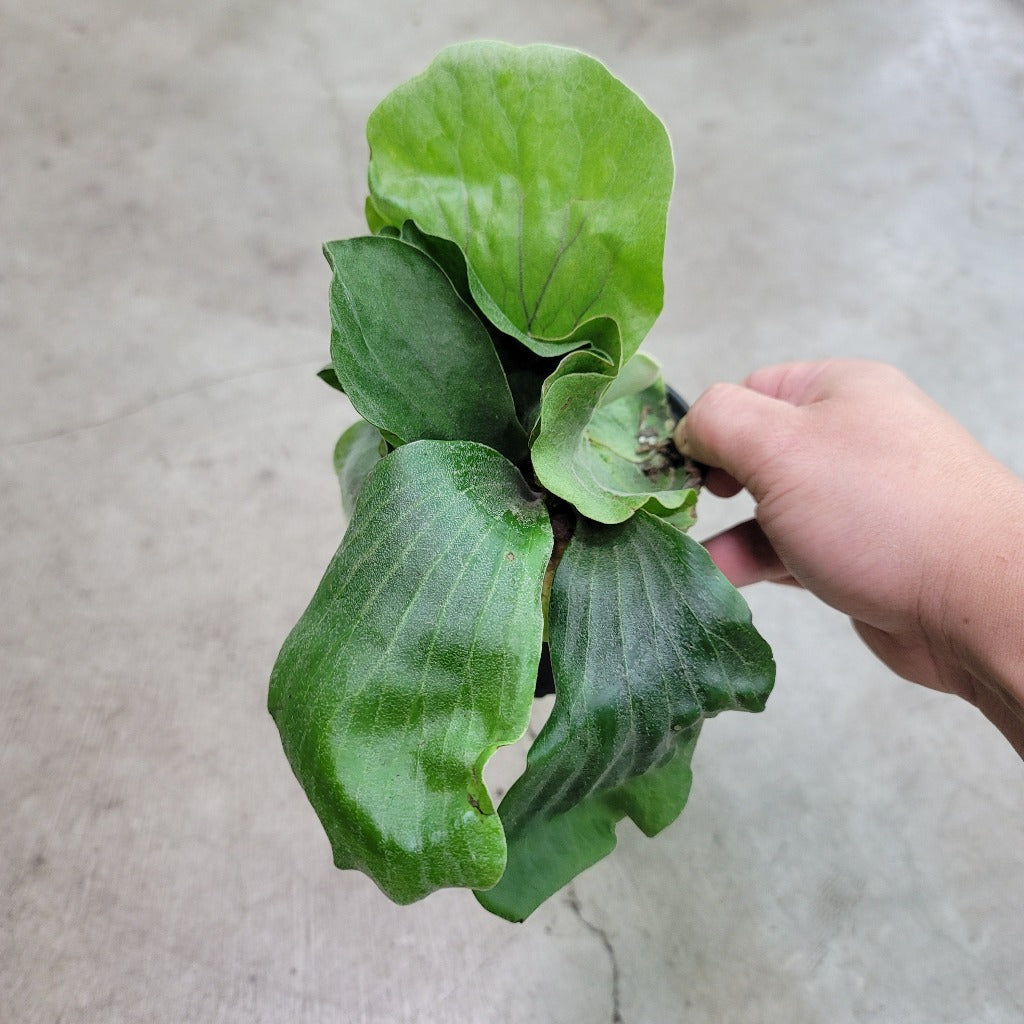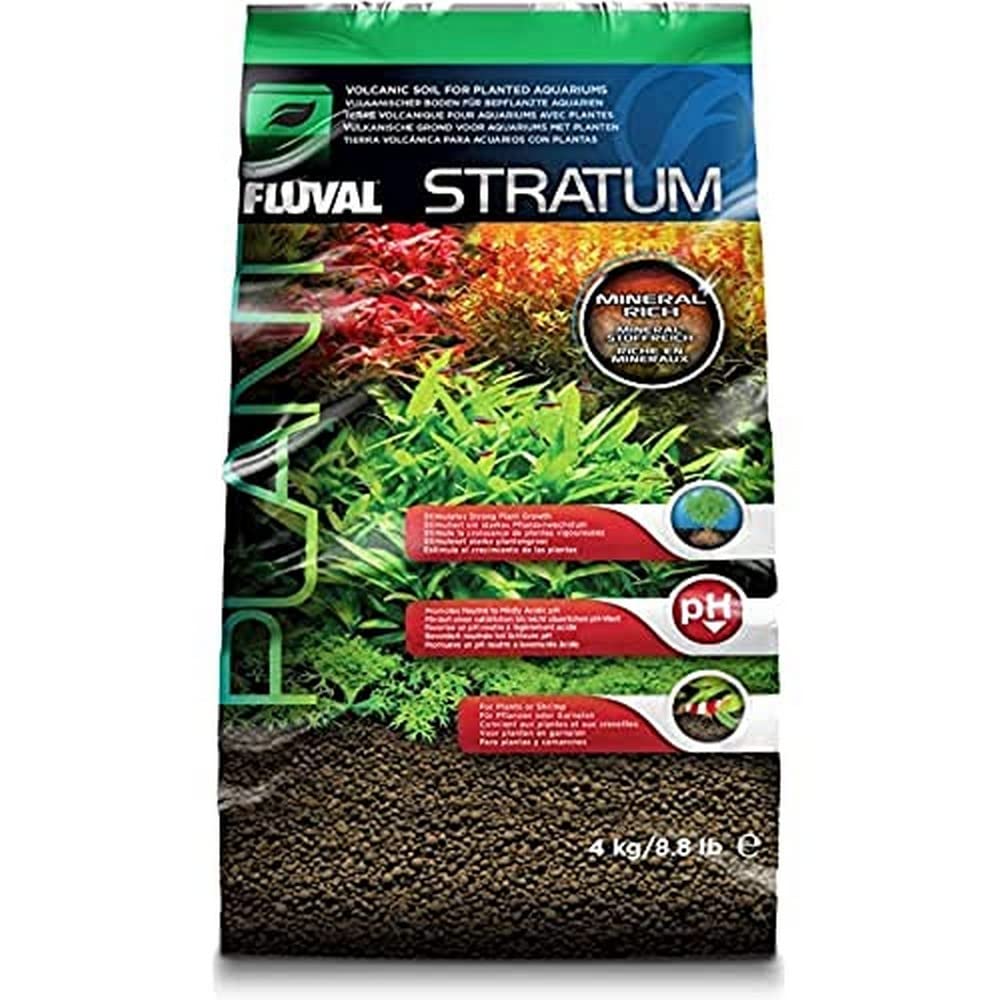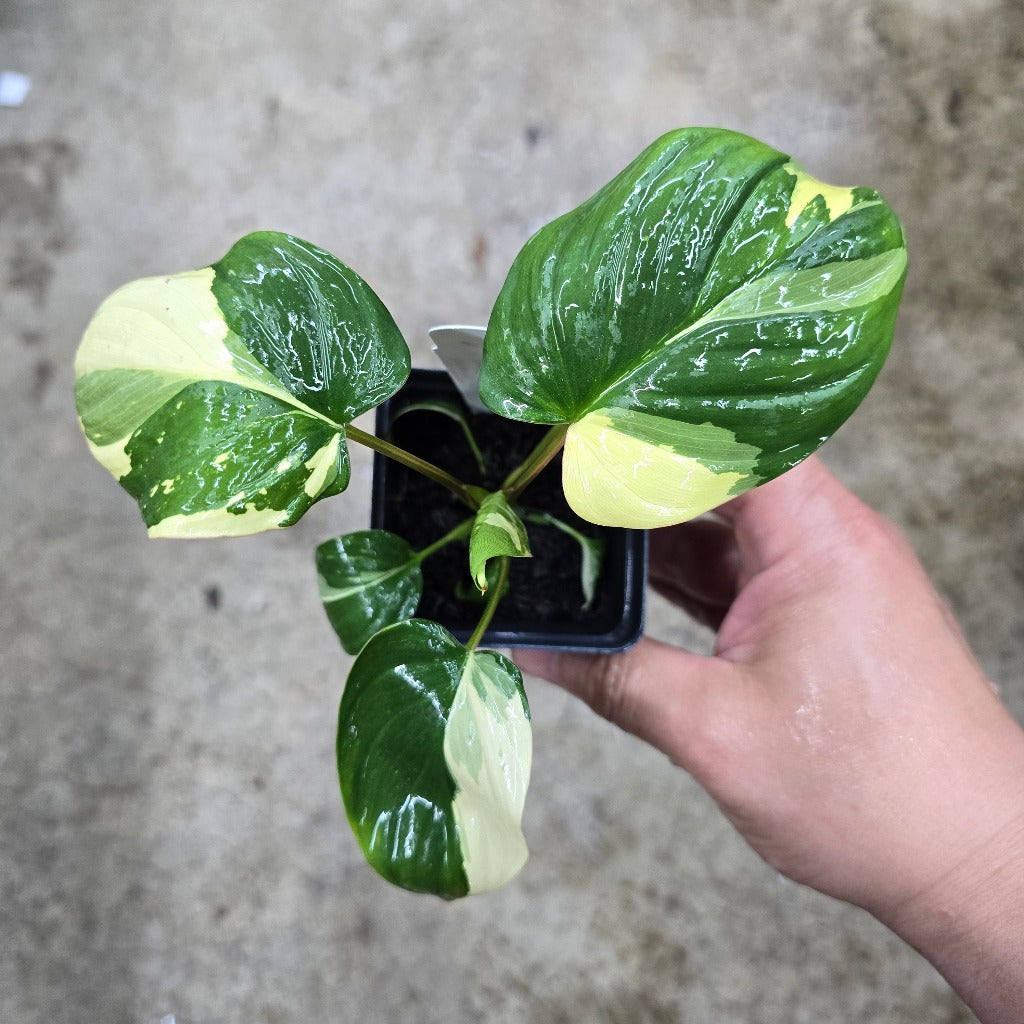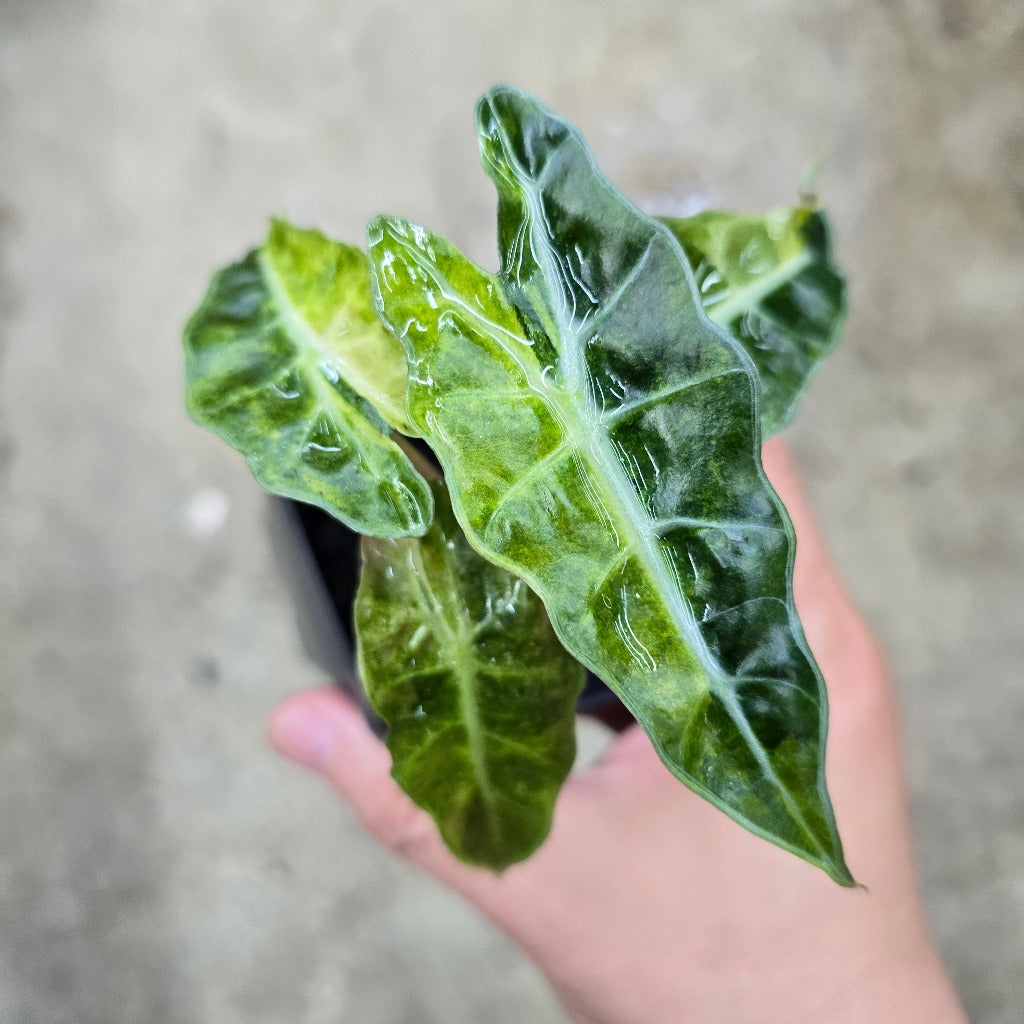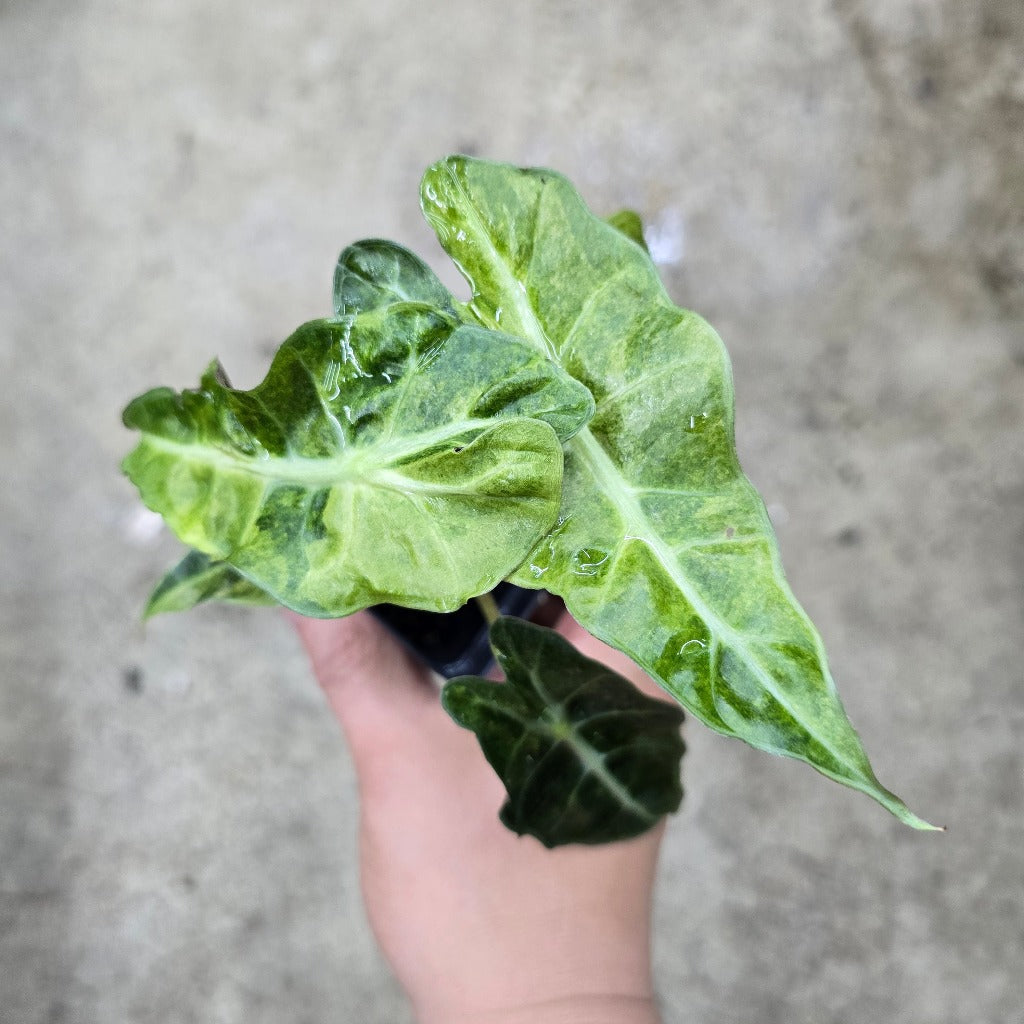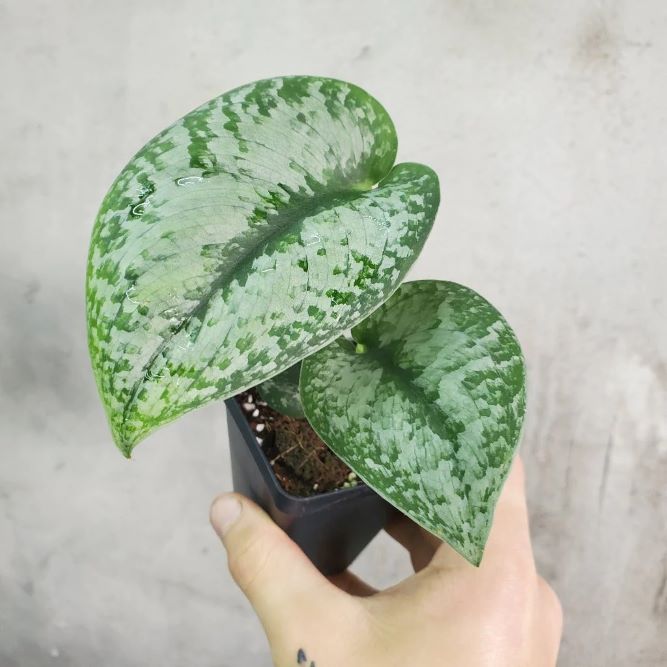
How to Propagate with Plant Nodes?

The process of growing new plants from already existing plants is referred to as plant propagation, and it can be accomplished in a variety of methods, including how to propagate with plant nodes. You will be able to populate your garden with a plethora of new plant species if you are skilled in this technique.
The knowledge that you had a hand in the development of those plants, which is arguably one of the most satisfying elements of gardening, provides you with a tremendous deal of happiness when you engage in plant multiplication. In contrast to the process of plant reproduction, plant propagation is an example of asexual reproduction, which only involves one plant. While there are plenty of ways to grow new plants (such as seed starting), plant propagation methods allow you to quickly grow new plants while bypassing the very early growth stages.
How to Propagate with Plant Nodes?
Two simple ways to propagate using plant nodes are using a glass of water and rooting the stem cuttings. Knowing how to propagate with plant nodes is preferable to other propagation methods for plants such as Silver Lady, Epipremnum Pinnatum, and many more.
Water Method
To propagate with plant nodes using water, use a plant node cutting that is about 4-6 inches long and has several leaves. Remove any leaves that would be underwater.
Next, fill a clear glass, so you can monitor the growth and know when it’s time to refresh the water. Fill with water, leaving about an inch of space at the top. If desired, add a few drops of liquid rooting hormone to the water to encourage root growth. Place the stem cutting into the water, making sure the node is fully submerged.
Place the glass in a warm, bright location out of direct sunlight, such as a windowsill. You’ll start to see root growth within a few weeks. Once the roots are several inches long, transplant the cutting into the soil or a larger container.
Rooting
To propagate plant nodes by rooting, make a clean cut below the node, and remove any lower leaves. This cutting can then be placed in a container with a rooting hormone and moist soil or water to encourage root growth. Keep the cutting in a warm and humid environment, and regularly mist it to maintain moisture levels. After several weeks, roots should start to appear, and the cutting can be transplanted into a pot or the ground to grow into a new plant.
Why Propagate with Plant Nodes?
Plant cells are totipotent. This simply means that every single cell in a plant has the ability to evolve into a whole plant, rendering them "fully powerful." In both the animal and plant kingdoms, each cell carries the DNA for the entire organism. Nevertheless, only in plants can a single cell multiply other cells and develop into a new plant. Animal cells are not totipotent.
The capacity of plants to clone or create genetically identical offspring from a single cell, tissue, or organ of a parent plant is why it’s beneficial to learn how to propagate with plant nodes. The larger the beginning piece, the easier it is to produce offspring. Growing a new plant from a single cell, for example, takes specific medium, growth conditions, a great deal of talent, patience, and chance. To develop a plant from a cutting with stem, leaves, and tissues, but without roots, is very simple, as long as it has plant nodes.
What Is Asexual Plant Propagation?
Asexual reproduction is often referred to as vegetative reproduction. With this kind of propagation, no seeds are required; rather, a part of the existing plant material is employed to produce new plants. This is how to propagate with plant nodes. Asexual propagation is the process of taking a portion of a parent plant and forcing it to regenerate into a new plant. The offspring is genetically identical to its parent. The vegetative elements of a plant, such as its stems, roots, leaves, and plant nodes, are involved in asexual propagation. Growers utilize asexual propagation for a variety of advantageous reasons, including:
- to bypass the juvenile stage of plant growth when the plants will not flower and bear fruit.
- to preserve the identical genetic characteristics of a plant.
- to propagate plants that produce seeds that are excessively challenging to germinate or that have a very short storage life.
- to more easily propagate plants that don't produce viable seeds.
What Is Sexual Plant Propagation?
Sexual plant propagation is when new plants are created from seeds. When pollen is carried from the anther of a flower to the stigma and fertilization occurs, seeds are produced. Self-pollinating plants will generate seeds with the same genetic composition as the original parent plant, barring mutations. With cross-pollinated plants with two parents, the seed will include a combination of DNA from the egg parent plant that produced the seed and the pollen parent plant that provided the pollen that fertilized the egg. This constant reshuffling of the genetic "deck of cards" creates many gene combinations, hence ensuring the survival of a species in an environment that is always changing.
For successful propagation with this method, it is essential to begin with high-quality, viable seeds. Seed viability is represented as a percentage estimate of the germination rate. The storage conditions necessary to preserve seed viability are difficult to maintain, resulting in poor germination rates for home-grown seeds. In addition, the great majority of horticultural cultivars do not "breed true" from their own seed, meaning that the seed may or may not produce plants with all the desired characteristics of the parent plants. This is one of many reasons why many growers opt for asexual plant propagation or to propagate with plant nodes.
By all accounts, learning how to propagate with plant nodes is the simplest and fastest way to grow your plant collection. Whether you are interested in houseplants or exotic plants, shop from the comfort of your home at Peace Love Happiness Club.

